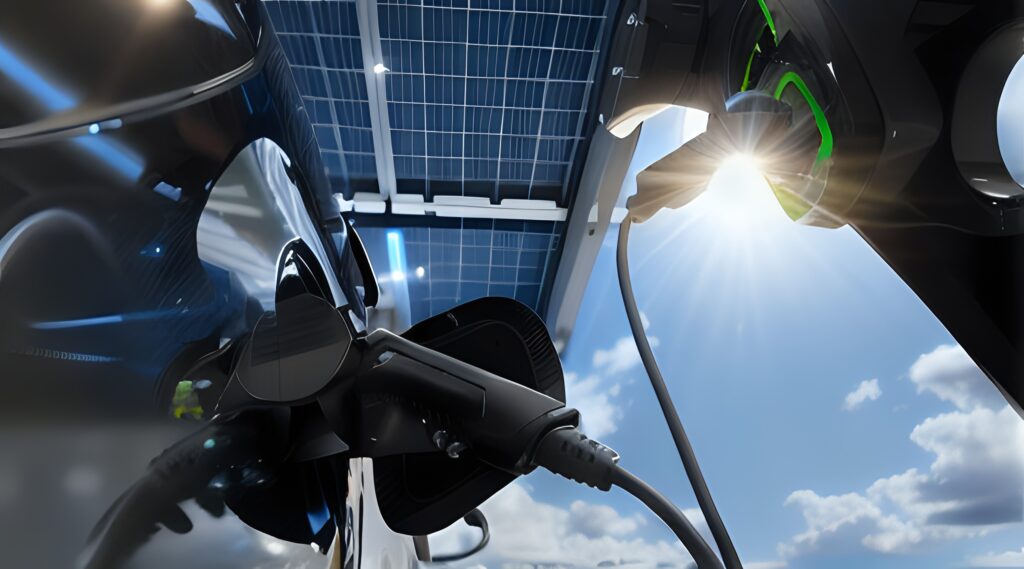
V2G - Charging Station
Listing Category by product
V2G – charging station manufacturers
V2G (Vehicle-to-Grid) charging station manufacturers specialize in creating advanced infrastructure that enables electric vehicles to not only charge from the grid but also discharge energy back into it. By facilitating bidirectional energy flow, these manufacturers are transforming electric vehicles into valuable grid assets, enhancing grid stability, and maximizing the utilization of renewable energy sources, thus driving the transition to a more sustainable and resilient energy ecosystem.
Exploring V2G – charging station
V2G – charging station represent a revolutionary advancement in electric vehicle technology, offering dual functionality beyond simple charging. These stations enable bi-directional energy flow between EV-Batteries and the grid, allowing EV’s to not only draw energy from the grid for charging but also to discharge energy back into the grid when needed. V2G charging stations facilitate this two-way exchange of electricity through advanced communication protocols and smart grid integration. They enable EV’s to serve as mobile energy storage units, helping to balance grid demand, stabilize the electrical grid, and support renewable energy integration. Charging rates are measured in kilowatt-hours (kWh), indicating the amount of energy transferred between the EV-Battery and the grid during charging and discharging cycles. V2G charging stations play a crucial role in promoting grid resilience, reducing reliance on fossil fuels, and fostering a more sustainable energy ecosystem.
Key features and benefits
- Bi-directional energy elow: V2G charging stations enable EV’s to function as energy sources, allowing them to supply electricity back to the grid during peak demand periods or emergencies, enhancing grid stability and resilience.
- Grid integration: These stations are seamlessly integrated with smart grid technologies, enabling real-time communication and coordination between EV’s, charging infrastructure, and utility providers to optimize energy distribution and management.
- Renewable energy support: V2G charging stations facilitate the integration of renewable energy sources like solar and wind power into the grid by storing excess energy generated during periods of high production and supplying it back during periods of low production or high demand.
- Grid services: EV’s connected to V2G charging stations can provide a range of grid services, including frequency regulation, voltage support, and peak shaving, helping to maintain grid stability and reliability.
- Cost savings: By participating in V2G programs, EV owners can potentially earn revenue by selling excess energy back to the grid or by participating in demand response programs, offsetting the cost of EV ownership and charging.







